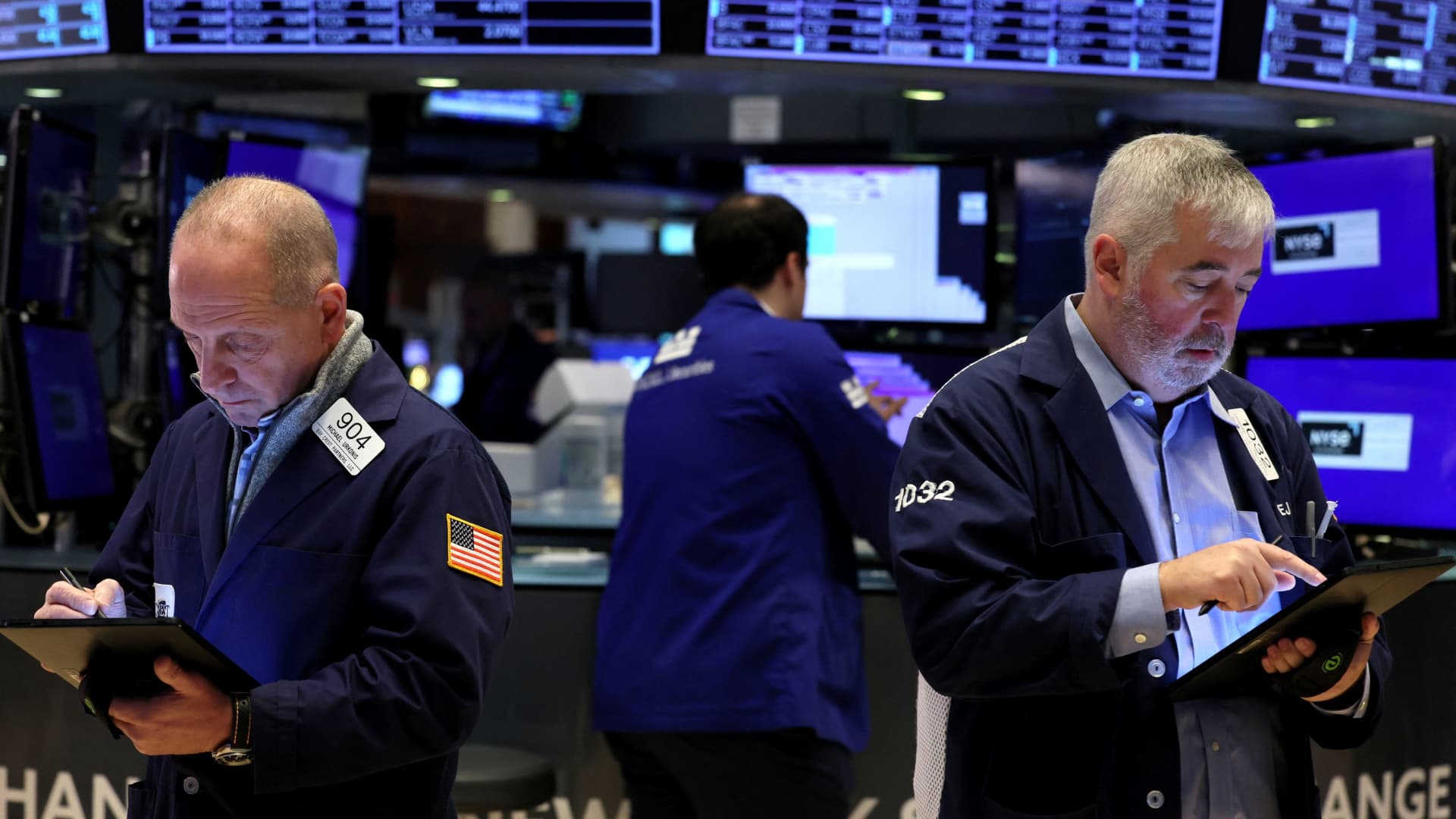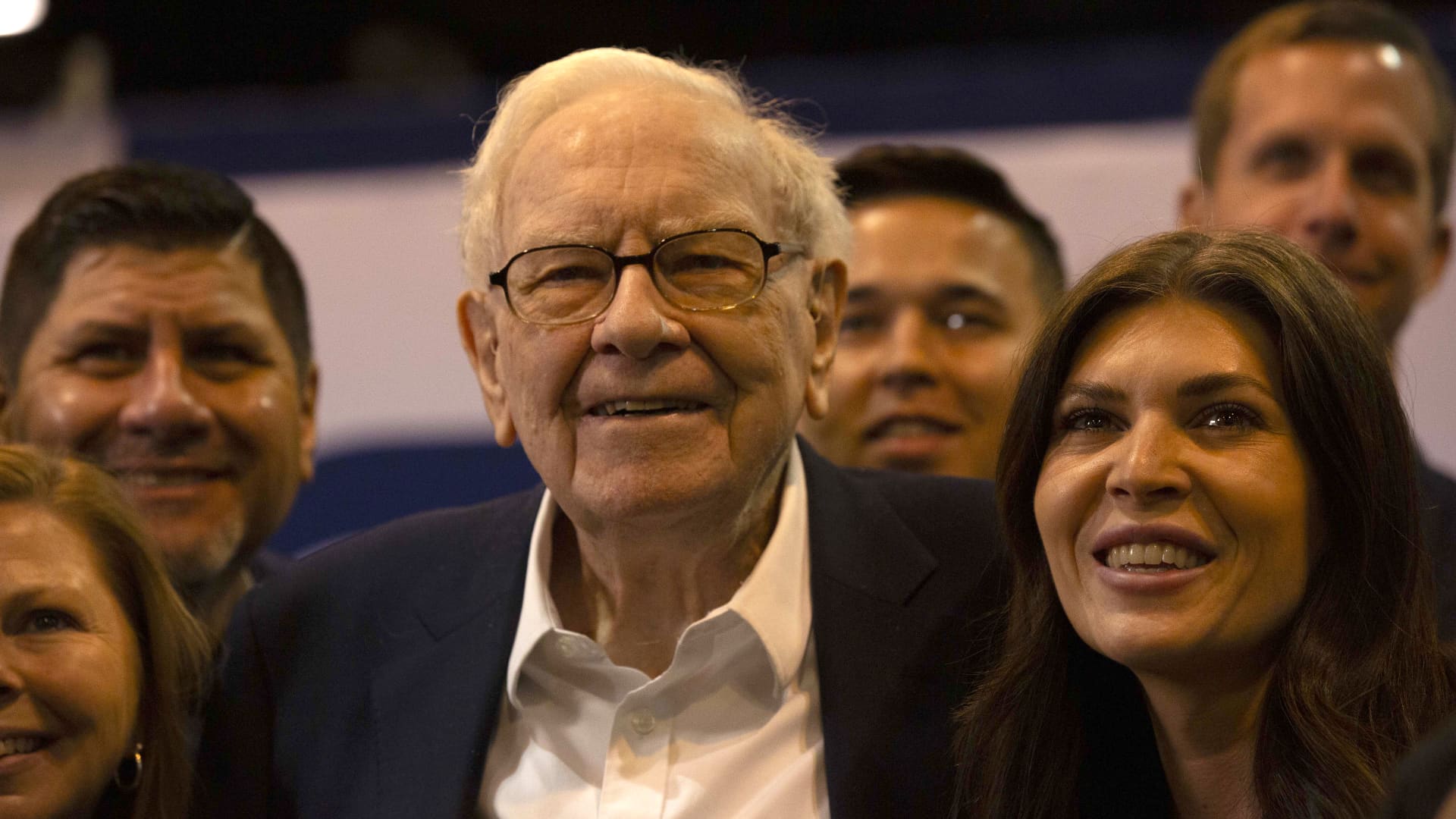It’s been 2 years since the Nasdaq hit a record and it’s gone nowhere since

The loudest investor chatter for months has insisted the heavyweights of the Nasdaq have been everything to the market in 2023. We hear much less about how they’ve done less than nothing over the past two years. Sunday is the second anniversary of the all-time closing high in both the Nasdaq Composite and Nasdaq 100 indexes, which remain 12% and 4 % underwater even after their monster gains in recent months. It’s relatively rare for the Nasdaq 100 – the most easily investable part of the Nasdaq and the one most reflective of the mega-cap dominance – to enter a two-year downturn. The recent phase is the third such episode in nearly 30 years, the prior two being the gutting payback for the still-singular tech bubble and the market-wide carnage of the global financial crisis. As this plot I commissioned from YCharts shows, even at the Covid-crash low, the NDX was merely flat – and almost exactly so, on March 16, 2020 – over the prior two years. This doesn’t mean the index must levitate from here, of course. But it’s a reminder that with its 45% surge year to date, its near-record outperformance over the average stock and the weighting of the top six Nasdaq names within the S & P 500 up above 27%, most of the move has been a carom effect from the outsized 36% decline into its December 2022 trough. The market looks a lot less top-heavy and stingy over a two-year span, the NDX outperforming the equal-weight S & P 500 by seven percentage points compared to the 42-percentage-point advantage in 2023. QQQ RSP mountain 2021-11-17 Invesco QQQ Trust vs. Invesco S & P Equal Weight ETF Of course, the Nasdaq is simply an amplified version of the overall market, which is also in pretty rare territory sitting on slightly negative two-year performance. Citi chief investment strategist Scott Chronert points out the S & P 500’s rolling two-year return “ranks in the 16 th percentile based on a 30-year look-back,” which he believes explains the muted character of his investor-sentiment readings even after the 10% rebound in the S & P over the past three weeks. What we’ve learned in 2 years A few things have been accomplished in the two years since the Nasdaq 100 crested, some of them directly contradictory to the prevailing skeptical take that the mega-cap elite names are a monolithic bloc of equities benefiting from lazy momentum buying that ignores valuation, interest-rate and macro risk. The fact that the Magnificent Seven-type stocks have dominated the tape alongside a rush in Treasury yields to 16-year highs this year undercuts the popular view that these so-called “long-duration” stocks were uniquely susceptible to rising rates. I’ve argued against the notion since early last year, noting that the biggest Nasdaq bubble ever occurred decades ago with Treasury yields near 6%. The crash last year was about valuation compression, yes, but also massive downgrades to these companies’ earnings expectations and an unwind of extreme investor crowding that had built up over 2021. And they have not moved in lockstep, either. Only three of the Big Seven have outperformed the Nasdaq 100 over the past two years – Apple, Nvidia and Microsoft — while Meta Platforms has kept pace and Amazon, Alphabet and Tesla have lagged. Most of this group – aside from Tesla, which is down 35% in two years – is also showing relatively scarce recent upside to profit projections. Citi’s Chronert breaks down the consensus 10.7% S & P 500 earnings growth for next year to show that Nvidia, Alphabet, Microsoft, Apple, Meta and Amazon together are expected to account for more than a quarter of the index’s entire profit increase. The softening of stock prices and firming up of earnings outlooks has moderated the Nasdaq 100’s valuation, too, taking its forward price/earnings ratio and its premium to the S & P 500 to their five-year average levels. This doesn’t make them particularly cheap or neglected, but excess froth has been drained. The true outlier in all this is, as ever, Apple. The company is in its third straight year of roughly flat sales and net income, yet the stock is up more than 20% and its forward P/E fattened to 28.7 from 26.4 over two years. Much of this can be credited to Apple’s unassailably strong balance sheet in a time of higher debt costs and scarcer credit. Perhaps the fact that Apple doubled net income from 2017 to 2021, and has held those gains, earns the company some credit as hopes for a resumption in top-line growth spring eternal. And then there is the return of its capital to shareholders. The company has reduced its share count by 1.1 billion shares, or 6.5% of the total, over two years. What’s more, Berkshire Hathaway owns a near-6% stake that has held mostly steady. So Apple has bought back some 7% of the shares owned by everyone but Berkshire. Whereto from here? Determining specifically what drives the performance in this rarefied class of anointed leaders of a winner-take-most tech-centric economy is not a science. They can serve as aggressive plays on rising animal spirits or defensive instruments amidst macroeconomic flux, and it’s tough for any investor to gain much of an edge in analyzing them. With all that granted, Tony Pasquariello, Goldman Sachs head of hedge-fund coverage, offered his take on Big Tech’s immediate prospects in a Friday client note: “In the context of buybacks, year-end window dressing and the proclivity of retail investors to follow momentum, I suspect the best-of-breed names will be well supported through December. One attendant point: it feels like US GDP growth is now running around 2% — which, judging from the post-GFC era, is about the perfect temperature for the top of the index.” This is not the same as predicting this group will, or should, perform well at the expense of all other stocks. The past week’s rally, emboldened by a benign CPI report and resulting slide in Treasury yields, featured some nice broadening action, a revival play for small-caps and the median large-cap stock. Friday showed signs of outright rotation, the Russell 2000 up 1.3% versus a flat Nasdaq 100. Last week here, in mapping a possible route out of a frustrating macro maze , further evidence of disinflation was listed as the key to an escape. A broader base for a rally is welcomed for what it says about economic prospects, financial conditions and the organic demand for equity exposure. But there’s no single “correct” way for a market to advance, and it need not be an either/or proposition of the few stocks against the many. The overall tape has in recent weeks responded well to oversold conditions after a 10%, three-month correction. There was some impressive, though not overwhelmingly convincing, momentum and breadth signals off the low. Some technical progress has been made, volatility has ebbed, corporate-credit metrics remain firm, the Fed seems finished with rate hikes and investor sentiment and positioning have not yet crossed into excess optimism. So far, so good, even if over the past two years we haven’t gotten anywhere yet.









